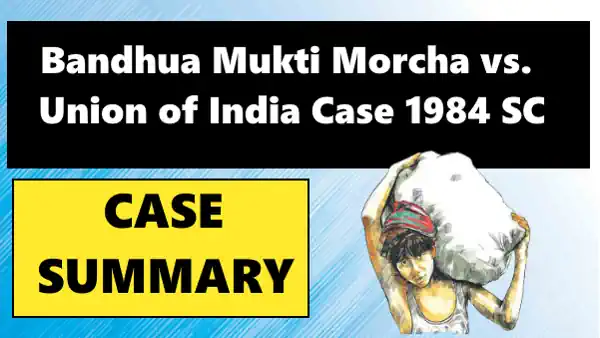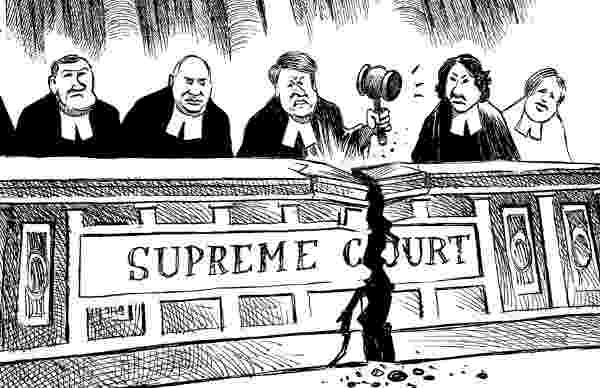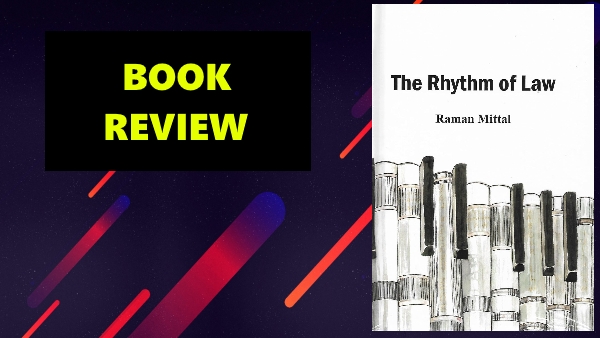Bandhua Mukti Morcha vs. Union of India Case was essentially a public interest litigation case. The Supreme Court coordinated the State of Uttar Pradesh to dispose of the carpet business’ utilization of child labour, issue government assistance orders restricting child labour younger than 14 and give children admittance to education and wellbeing offices in an effort to abrogate child labour.
FACTS OF BANDHUA MUKTI MORCHA CASE:
- This public interest litigation case (PIL) was recorded by means of Article 32 of the Indian Constitution straightforwardly before the Supreme Court of India and appealed to the Court to coordinate with the State of Uttar Pradesh (UP) to find ways to end child labour.
- From there on a Court-delegated advisory group revealed the hugeness of child double-dealing in UP’s carpet industry, observing that numerous children were captured from Bihar, that the business to a great extent utilized minor children under 14 years, and that much experienced actual maltreatment.
LEGAL ISSUES:
- Ensuring the culmination of child labour in India.
RATIO & DECISION:
The bench was led by Justice P.N. Bhagwati:
- In Bandhua Mukti Morcha judgement, the Court talked about the significance of securing children’s rights to education, wellbeing, and advancement in guaranteeing India’s advancement as a vote based system.
- While perceiving that child labour couldn’t be cancelled promptly due to financial need, the Court observed that down-to-earth steps could be taken to ensure and advance the rights of children in the destitution stricken and weak populaces of Indian culture.
- On the side of its conclusion, the Court alluded to different basic rights and order standards of the Indian Constitution including, Article 21 (the right to life and personal liberty), Article 24 (denies work of children more youthful than 14 in plants, mines, or other dangerous enterprises), Article 39 (e) (disallows forcing residents into jobs unsatisfactory for their age or strength), Article 39(f) (portrays the State’s obligations to shield children from double-dealing and to guarantee children the chances and offices to create in a sound way), and Article 45 (commands the State to give free obligatory education to all children under 14 years).
- The Court additionally noticed India’s commitments under the Universal Declaration of Human Rights (UDHR) and the Convention on the Rights of the Child to give free essential education to all children in the nation, and to secure children against financial abuse.
- The actions requested to cancel child labour were set out in a previous case, M.C. Mehta v. State of Tamil Nadu and Ors. [[(1996) 6 SCC 756] were referred to by the Court and fused in requests to the States of Uttar Pradesh and Bihar.
- The orders included, guiding the States to find ways to outline approaches to dynamically end the work of children under the age of 14; give obligatory education to all children utilized in production lines, mining, and different enterprises; guarantee that the children get supplement rich food sources; and control intermittent wellbeing check-ups. In its judgment, the Court necessitated that intermittent reports of progress in regards to the execution of the decision be submitted to the Registry of the Court.
- What’s more, as respects enforcement, a supplemental, if the not significant result of this case, alongside other applicable public interest litigation cases, was that the National Commission for Protection of Child Rights (NCPCR) in 2006 outlined the NCPCR rules establishing the National Child Rights Commission.
- This Commission was endowed with evaluating consistency with the Convention on the Rights of the child and along these lines likewise checking the arrangement of free essential education for all children in the nation and the protection of children against monetary abuse.
CONCLUSION
- Bandhua Mukti Morcha v. Union of India case alongside other public interest litigation cases on the issue of child labour has been effective in bringing issues to light with regards to the issue of child labour and setting the issue noticeably on the government’s plan.
- Law and strategy are moving toward formal nullification of child labour and various drives, particularly in the space of education are being embraced towards ending child labour. One impact has been that the utilization of child labour in the carpet business has been diminished.
- Notwithstanding, a huge number of children actually keep on being taken advantage of in the labour market in India and there is a pressing requirement for more grounded and more viable protections for the rights of children.
Found Bandhua Mukti Morcha vs. Union of India Case summary useful? We have a bunch of useful topics from constitutional law that will help you in your preparation here >>> CONSTITUTIONAL LAW
Check out our YouTube Channel for free legal videos >>> LAW PLANET YT






